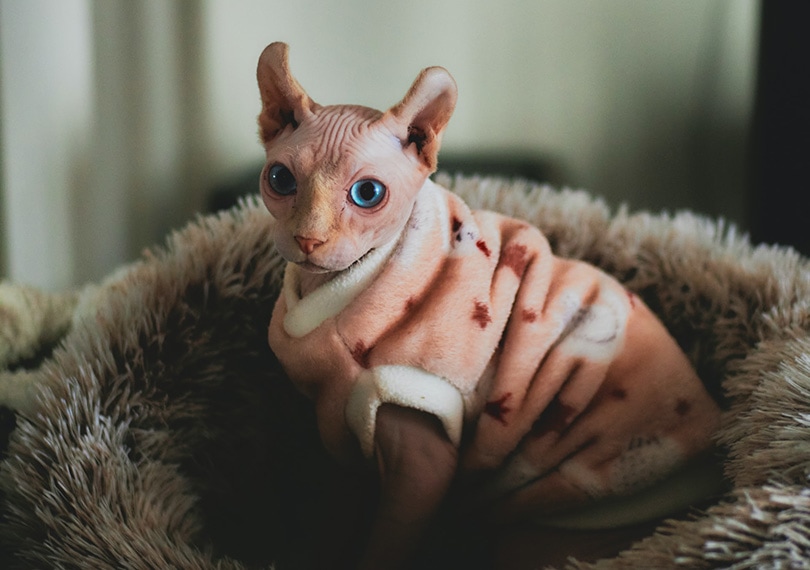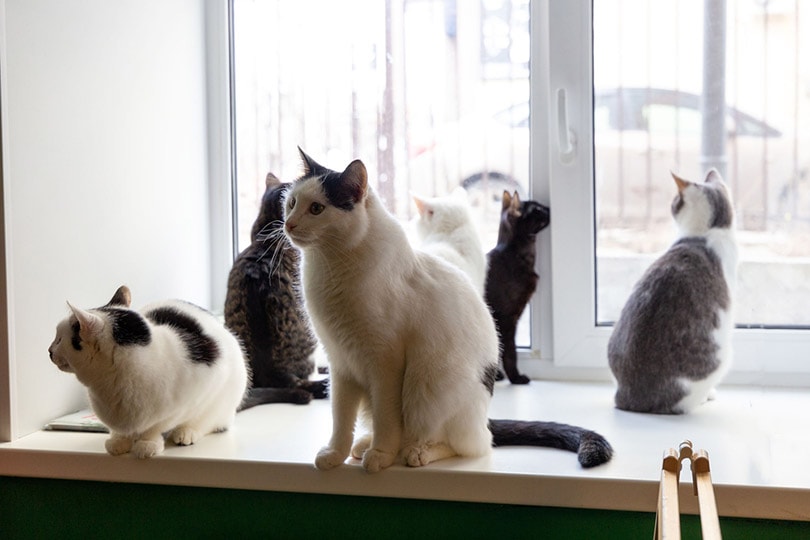
Note: This article’s statistics come from third-party sources and do not represent the opinions of this website.
Australia is one of the most pet-friendly countries in the world with about 67% of families living with pets. Cats are the second most popular type of pet, and it has become more common to see them in homes due to the rise of adoptions during the COVID-19 pandemic. There are around 4.9 million pet cats in Australia.
While Australia has many domesticated cats, it also faces an ongoing feral cat overpopulation issue. So, cats are a common sight to see inside and outside homes. Researchers are still gathering new information on the feral cat issue, and we’ve gathered the most updated statistics about the cat population in Australia and broken them down into three sections; Pet Cats, Pet Cat Care, and Stray, Feral & Wild Cats.
Top 15 Statistics About Cats in Australia
- There are 4.9 million pet cats in Australia.
- Based on a 2021 survey, cats make up 30% of the types of pets owned in Australia.
- 24% of pet cats in Australia were acquired during the COVID-19 pandemic.
- A 2021 survey showed that 10% of cat owners are willing to spend more than $10,000 on their cats’ medical bills
- Gen Z cat owners are the most likely to spend the most on their sick or injured cats before considering putting them down.
- Approximately 3.8% of cat owners in Australia have pet insurance for their cats.
- As of 2022, the average monthly cost of pet insurance for cats ranges from $30-$62.
- RSPCA Australia received a total of 42,572 stray cats in its 2020-2021 financial year.
- Since 2019, the RSPCA Darwin Regional Branch has had the highest adoption rate out of all the RSPCA Australia branches.
- There are approximately 700,000 urban stray cats in Australia.
- There are up to 5.6 million feral cats in natural areas.
- Cat-free areas in Australia only make up about 8,000 square kilometers of land.
- Feral cats are threatening the survival rate of at least 100 native Australian species.
- Feral cats can kill up to 3.2 million mammals a day.
- From 2018 to 2020, there have been daily reports of big cat sightings in the wild.

Pet Cats
1. There are 4.9 million pet cats in Australia.
(Animal Medicines Australia)
Cats are extremely popular in Australia. They rank as the second most popular pet after dogs. They’re mainly acquired for companionship reasons, but many people also get pet cats because they receive them from other family members or friends who can no longer care for them.
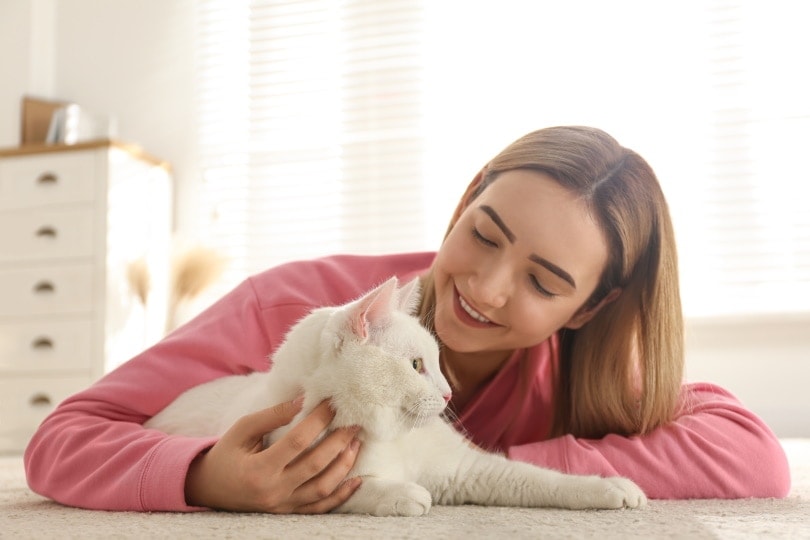
2. Based on a 2021 survey, cats make up 30% of the types of pets owned in Australia.
(Statista)
A significant portion of pets in Australia is cats. Cats are viewed as attractive pets because they can be affectionate, but they tend to be more self-reliant than dogs. They’re also a more realistic option for apartment dwellers with spaces that may be too small for larger dogs.
3. 24% of pet cats in Australia were acquired during the COVID-19 pandemic.
(Animal Medicines Australia)
Many countries saw an increase in pet ownership during the pandemic. Nearly a quarter of all current cats were adopted at this time. About 70% of pet owners had a positive experience as pandemic pet parents and experienced significant benefits, like companionships and improved mental health.
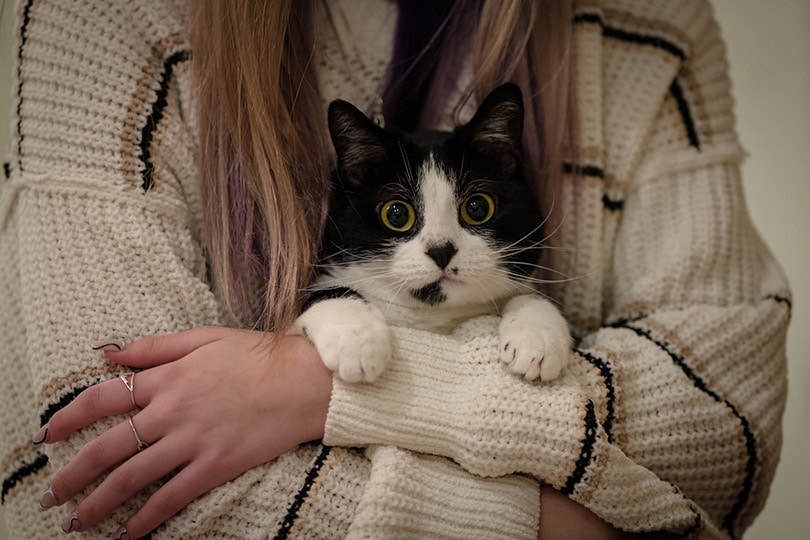
Pet Cat Care
4. A 2021 survey showed that 10% of cat owners are willing to spend more than $10,000 on their cats’ medical bills.
(Finder)
Australia is experiencing a trend of rising veterinary care costs and pets being viewed as family members. Due to the increased amount of love and care surrounding cats, more pet owners are likely to spend a lot more on veterinary care than in the past. In the same survey, 4% of cat owners were willing to spend $15,000 on veterinary care costs for their cats.
5. Gen Z cat owners are the most likely to spend the most on their sick or injured cats before considering putting them down.
(Finder)
Different generations are willing to spend different amounts on their cats. Gen Z is willing to spend an average of $5,326 on their cats before they consider putting them down. Baby boomers come in second with a willingness to spend an average of $2,182. Millennials are willing to spend $1,959, and Gen X is willing to spend $1,950 on their cats.
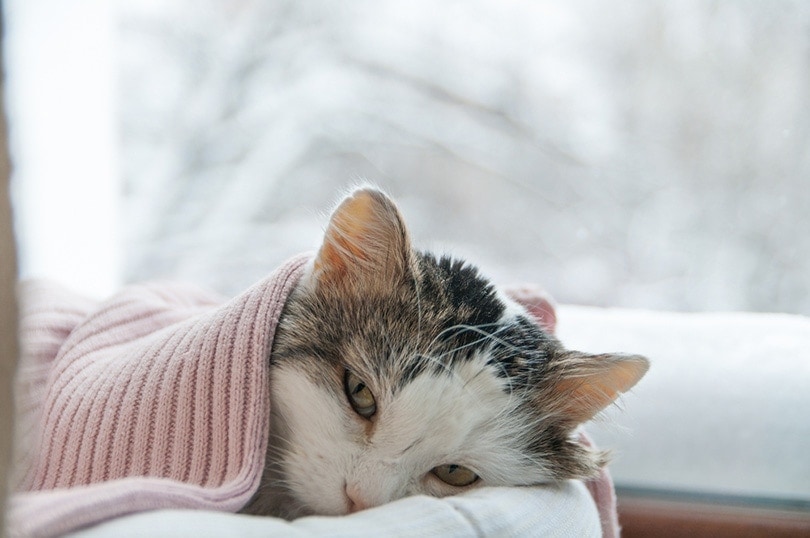
6. Approximately 3.8% of cat owners in Australia have pet insurance for their cats.
(Finder)
Pet insurance is becoming a more attractive and considerable part of pet care to help pay for veterinary care costs. As of now, most pets that have pet insurance are dogs. However, the pet insurance industry has been growing year by year, so it won’t be a surprise to see the percentage of insured pet cats rise with each year.
7. As of 2022, the average monthly cost of pet insurance for cats ranges from $30-$62.
(Statista)
Cats tend to have cheaper pet insurance rates than dogs. Pet insurance premium prices also seem to be heavily impacted by age. Young cats have premiums that are around $30, while older cats’ premiums can be doubled.

Stray, Feral, and Wild Cats
8. RSPCA Australia received a total of 42,572 stray cats in its 2020-2021 financial year.
(RSPCA Australia)
Cats are the most common animal that RSPCA Australia receives each year. Records starting from 2016 show that the animal that RSPCA Australia received the most is the cat. In the 2020-2021 period, the number of cats received nearly double the number of dogs received.
9. Since 2019, the RSPCA Darwin Regional Branch has had the highest adoption rate out of all the RSPCA Australia branches.
(RSPCA Australia)
The average cat adoption rate for RSPCA Australia is 67.52%. However, different regional branches have varying adoption rates. In 2021, the Darwin Regional Branch had the highest cat adoption rate. Over 80% of cats received by this branch were adopted.
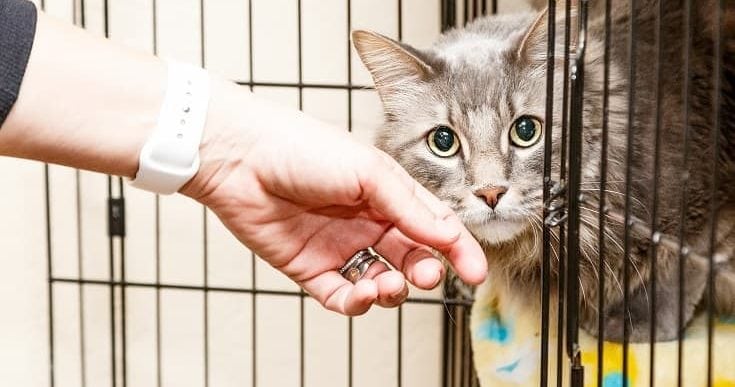
10. There are approximately 700,000 urban stray cats in Australia.
(Threatened Species Recovery Hub)
A recent count in Australia estimated 700,000 stray cats in urban areas throughout the country. Stray cats are a continuous issue in Australia, and most animals that arrive at animal shelters tend to be cats.
11. There are up to 5.6 million feral cats in natural areas.
(Invasive Species Council)
The feral cat population in natural areas is much bigger than urban stray cats. In wet conditions, you can count about 5.6 million feral cats living in natural areas. In dry conditions, the population reduces to 1.4 million feral cats living in natural areas.

12. Cat-free areas in Australia only make up about 8,000 square kilometers of land.
(Threatened Species Recovery Hub)
There’s an abundance of feral cats in Australia, and they’re spread out through 99.9% of the continent. Most of the land that isn’t inhabited by cats is protected land serving to preserve the native species targeted and hunted by feral cats.
13. Feral cats are threatening the survival rate of at least 100 native Australian species.
(Department of Climate Change, Energy, the Environment and Water)
The presence of feral cats is a significant issue for wildlife conservationists in Australia. Cats aren’t native to Australia, and they can quickly increase their population to outnumber their natural prey. So, native Australian species have very little chance to withstand growth in the feral cat population, which typically occurs after periods of high rainfall.

14. The current populations of feral cats and domesticated cats allowed to roam can kill about 2 billion animals a year.
(Invasive Species Council)
Feral cats are currently imposed as threats to at least 123 nationally threatened species. Cats are efficient and skilled hunts. In one day, the feral population of cats can kill 2.92 million mammals, 1.67 million reptiles, 1.09 million birds, 2.97 million invertebrates, and 260,000 frogs.
15. From 2018 to 2020, there have been daily reports of big cat sightings in the wild.
(The Hunt: In Search of Australia’s Big Cats)
While big cats aren’t native to Australia, there are numerous reported sightings of them. There’s insufficient evidence to support the existence of wild big cat populations found in nature. However, many people also believe that big cats exist in the Australian bush due to factors such as big cats escaping zoo enclosures or pet owners releasing exotic pets into the wild.
Frequently Asked Questions About the Cat Population in Australia
Is There an Overpopulation of Cats in Australia?
Yes, there is a cat overpopulation issue in Australia. Feral cats roam 99.9% of the continent, and they hunt many different native species of animals. As they don’t discriminate and distinguish endangered species, they can end up being key contributors to their future extinction.
Why Are There So Many Cats in Australia?
Cats first arrived in Australia with European settlers in 1788. Part of the reason why their population grew excessively is that they were used as an attempt to control the overpopulation of European rabbits that had been imported in 1895. This aided in boosting the cat and fox population, which snowballed into the issue that we currently see today. (Smithsonian Magazine)
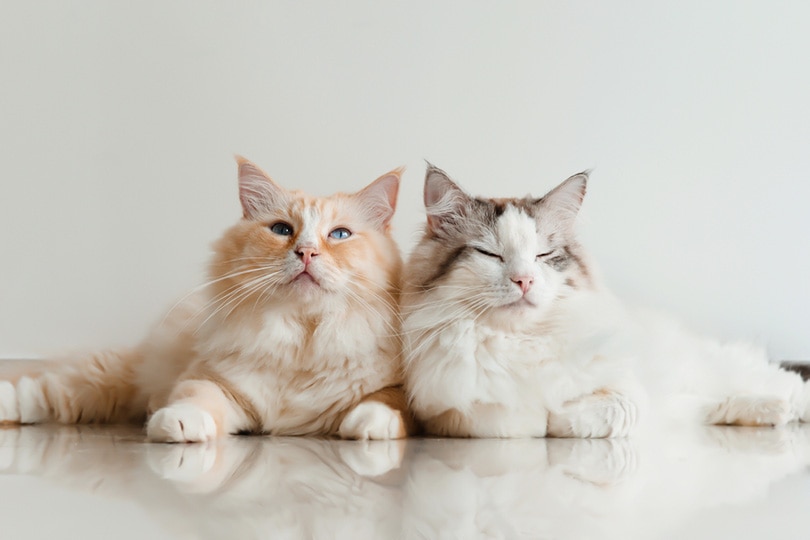
How is the Cat Population in Australia Being Controlled?
The overpopulation of cats is a government issue, and the Australian parliament is working to take sufficient measures to control the feral cat population. Even the RSPCA has made recommendations for reducing the feral cat population.
Some things that are being done to control the cat population include spaying and neutering and building fences to keep cats out of protected lands. A report released by Australia’s federal parliament also made recommendations regarding cat owners that allow their cats to roam outdoors. The recommendations included imposing night-time curfews and registering their pet cats. (Smithsonian Magazine)
What is the Easiest Way to Get a Cat?
The easiest and most recommended way to get a cat is by adopting through an animal shelter or rescue. Not all stray cats are feral cats, and many have sweet personalities and are more than capable of becoming loving family members and companions.
If you’re interested in a particular cat breed and can’t find one in an animal shelter, you can contact a reputable cat breeder. However, waitlists can be long, depending on how difficult it is to breed the cats and raise healthy kittens.
What’s the Most Popular Cat Breed in Australia?
Cat lovers have their favorites, and the most popular cat breeds in Australia are Ragdolls, Persians, Siamese, Burmese, and Abyssinians. Although they’re not a specific breed, tabby cats are also a common sight to see in homes with cats. (Woolworths Insurance)
Conclusion
While pet cats are treated as beloved family members in Australian homes, feral cats are a continuously growing issue for ecosystems all across the continent. Active initiatives must take place to create a balanced ecosystem for cats and native species. Data, research, and statistical analyses can help formulate effective and the most humane solutions to addressing the overpopulation of feral cats.
- Related Read: 24 Australia Cat Statistics All Pet Lovers Should Know
Featured Image Credit: Pencil case, Shutterstock



